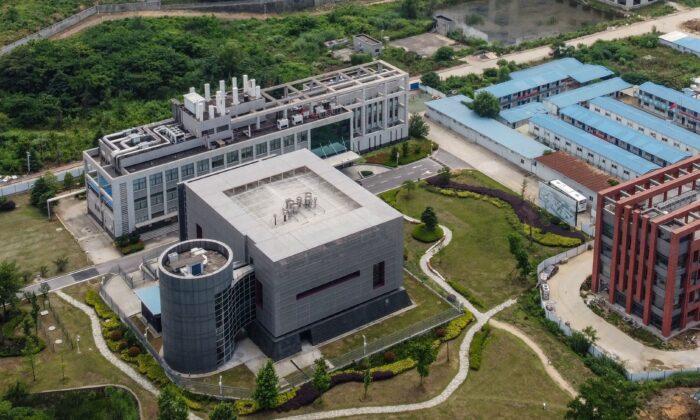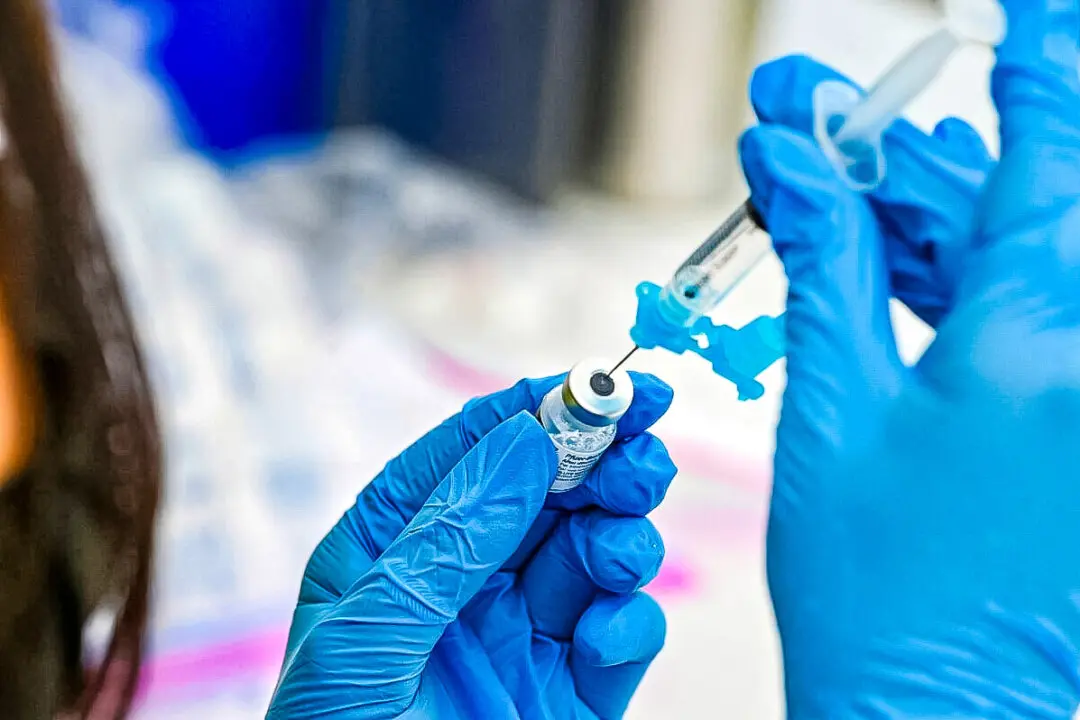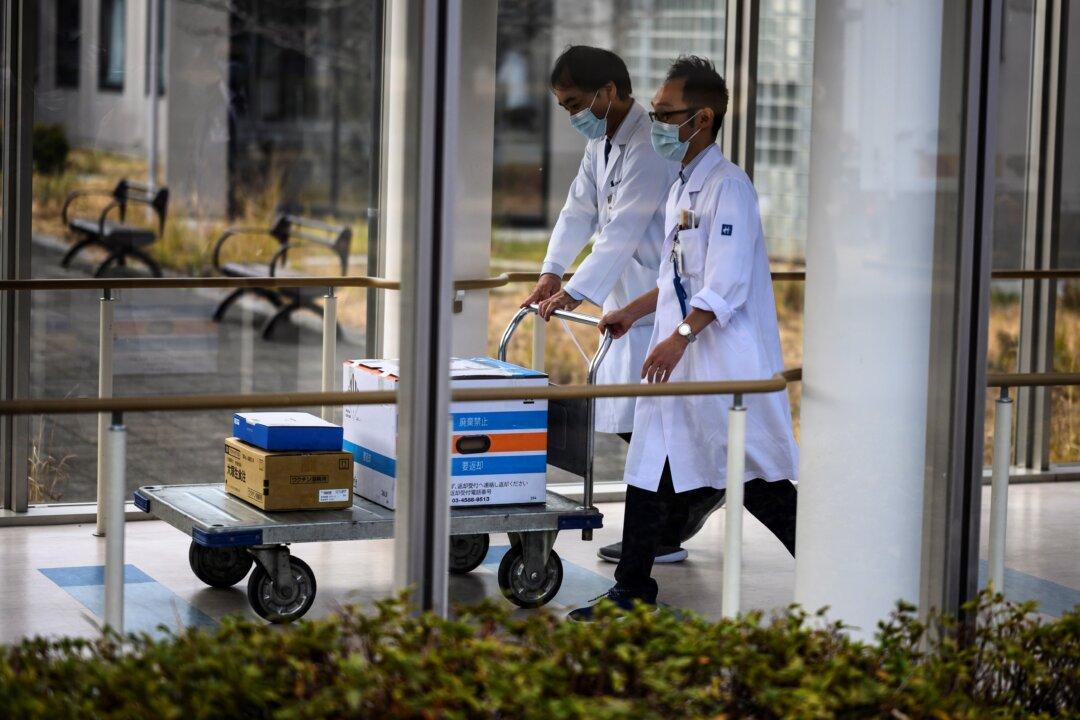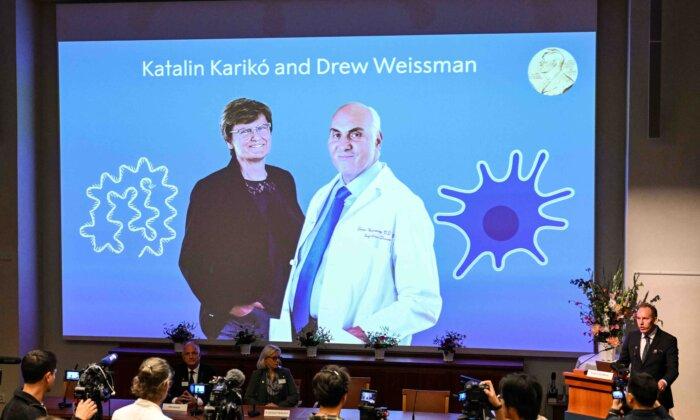And yet, over three years since the beginning of the pandemic, we still don’t know where the virus originated. The fear is that the next time around, the number of deaths could be much higher; because we didn’t learn from this pandemic, we wouldn’t be as prepared as we should for the next one.
“Some of the WIV’s genetic engineering projects on coronaviruses involved techniques that could make it difficult to detect intentional changes,” the report stated.
Why did the WIV want to develop such a technique? Scientists at the institute had been publishing their research on viruses in the best scientific journals, including on “genetic modification of SARS-like coronaviruses,” so it didn’t look like they wanted to hide what they had been doing. Maybe what they published was only part of their research, and they wanted to conceal the research they didn’t publish? What would that be?
I was hoping that the ODNI report would shed more light on the origin of SARS-CoV-2. It didn’t, but a patent application I found through a web search strongly suggests that the Liberation Army (PLA) had the genetic sequence of the virus in its possession as early as September 2019. This would fit well with the allegation that the three WIV scientists were infected by the virus in the fall of 2019.
Officially, World Learned of Virus in January 2020
The first cases of the atypical pneumonia (later known as COVID-19) were reported in Wuhan in December 2019. The news was soon supressed by the Chinese Communist Party, as China was preparing to celebrate the Lunar New Year—a time that no bad news is allowed. Whistleblowers like Dr. Wenliang Li were punished. Officially, Chinese virologists did not have a chance to study the novel virus until early January 2020.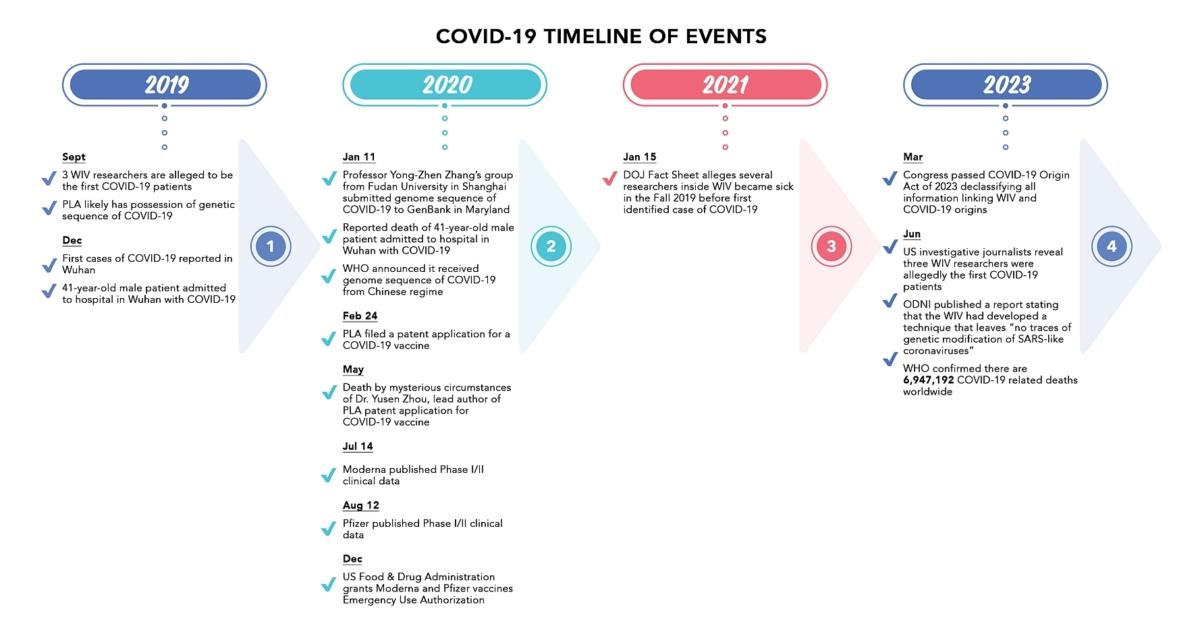
PLA’s Warp Speed Vaccine Research
On Feb. 24, 2020, Dr. Yusen Zhou and 10 other inventors from the PLA’s Institute of Microbiology and Epidemiology in Beijing filed a patent application (number 202010112679.9) titled “Novel coronavirus titled “COVID-19 vaccine, preparation methods and applications.” The application described in detail the design of the vaccine, the method to produce the vaccine, and the immunogenicity of the vaccine.I am a vaccine scientist who worked for one of the world’s largest vaccine companies for more than 10 years, and I spearheaded SARS-CoV-1 vaccine development in 2003. I was stunned by the speed these PLA inventors were able to not only study the new virus and develop and test a vaccine so quickly, but also put together a patent application in merely 44 days (from Jan. 11 to Feb. 24)!
When I worked in the vaccine industry, I was the liaison between R&D (Research and Development) scientists (which I was also a member of) and our in-house lawyers in the IP (Intellectual Property) office. I was personally involved in the filing of dozens of patent applications. Normally, patent applications should be filed as soon as scientists discover something new, useful, and non-obvious—the three properties patent lawyers stress that scientists keep an eye out for and document.
A patent application can be filed before a vaccine is tested and granted for distribution. One could argue that the PLA’s application was “provisional,” meaning it would serve as a placeholder so that experimental results could be added later when available, hence it is possible that it only took 44 days to draft their patent application.
Telling Timeline
If the PLA did have access to the virus, maybe they got the information from Prof. Zhang before he submitted the genetic sequence to GenBank, or maybe they got it elsewhere. Or it could be that since the scientists are with the PLA, how they obtained the virus constitutes a military secret.The scientists’ application described that the vaccine composition is an RBD-Fc recombinant protein. It was used to immunize mice to generate (antibody-containing) serum samples. These serum samples were collected 7 and 12 days after immunization, respectively. These details were given on all phases of their vaccine development.
- Design of the vaccine: 1 month
- Develop a method to produce the vaccine: 2 months
- Test immunogenicity of the vaccine: 2 months
- Prepare patent application: 1.5 months
Mysterious Death of PLA Scientist
Dr. Zhou, the lead author of the PLA patent application, died at age 54 under mysterious circumstances in May 2020, three months after he filed the application. Zhou was one of the most well-known virologists in China, who had worked closely with the WIV as well as with U.S. scientists, yet there were no tributes to mark his passing. The news was only casually mentioned in an article published in July 2020. It was obvious that the authorities did not want to publicize his death.To the Chinese authorities, everything related to COVID-19 is a state secret. But COVID-19 is not only a China issue, it is a global issue. More knowledge and information about what happened could literally save millions of lives.
Here’s what we know to be fact:
Fudan University’s Prof. Zhang published the SARS-CoV-2 genome sequence on Jan. 11, 2020; PLA’s Dr. Zhou and his team filed a patent application for a COVID-19 vaccine on Feb. 24, 2020; Dr. Zhou passed away in May 2020; On June 23, 2023, ODNI published a report stating that the WIV had developed a technique that leaves “no traces of genetic modification of SARS-like coronaviruses.”
Is it possible that from early 2019, the PLA’s scientists were working with WIV scientists to develop coronaviruses that could infect humans, while simultaneously developing vaccines against such viruses? If that’s the case, it would explain why Dr. Zhou was able to file the patent application in February 2020. And because Dr. Zhou’s application revealed too much information, the CCP was unhappy with him and he had to be gotten rid of.
